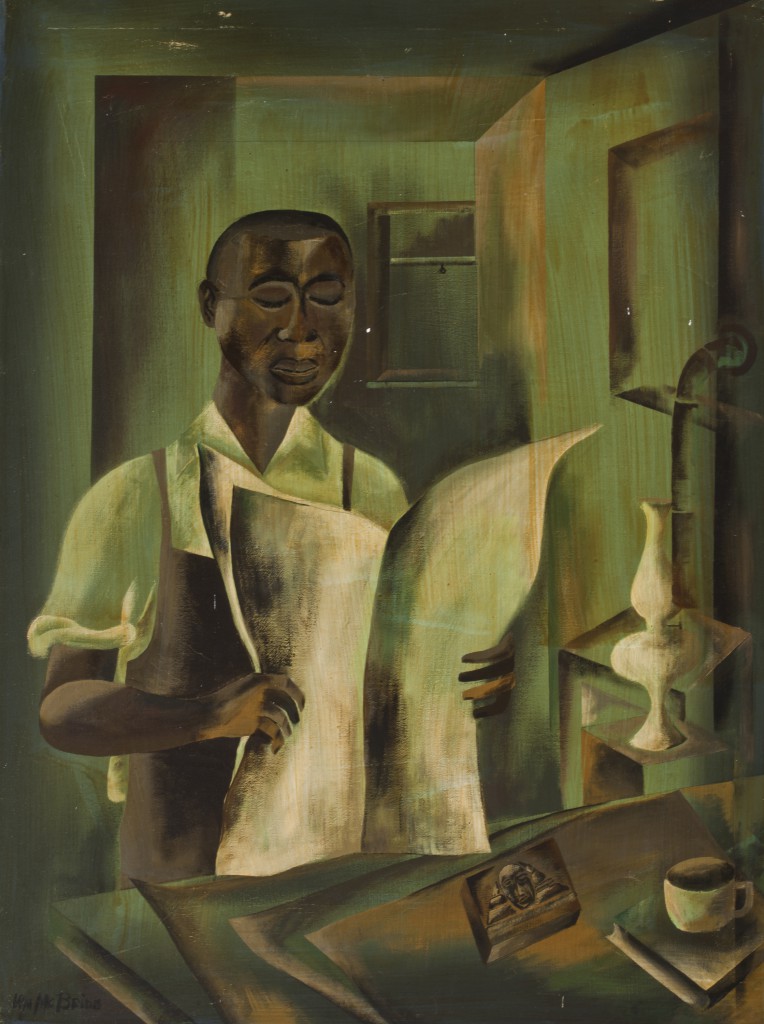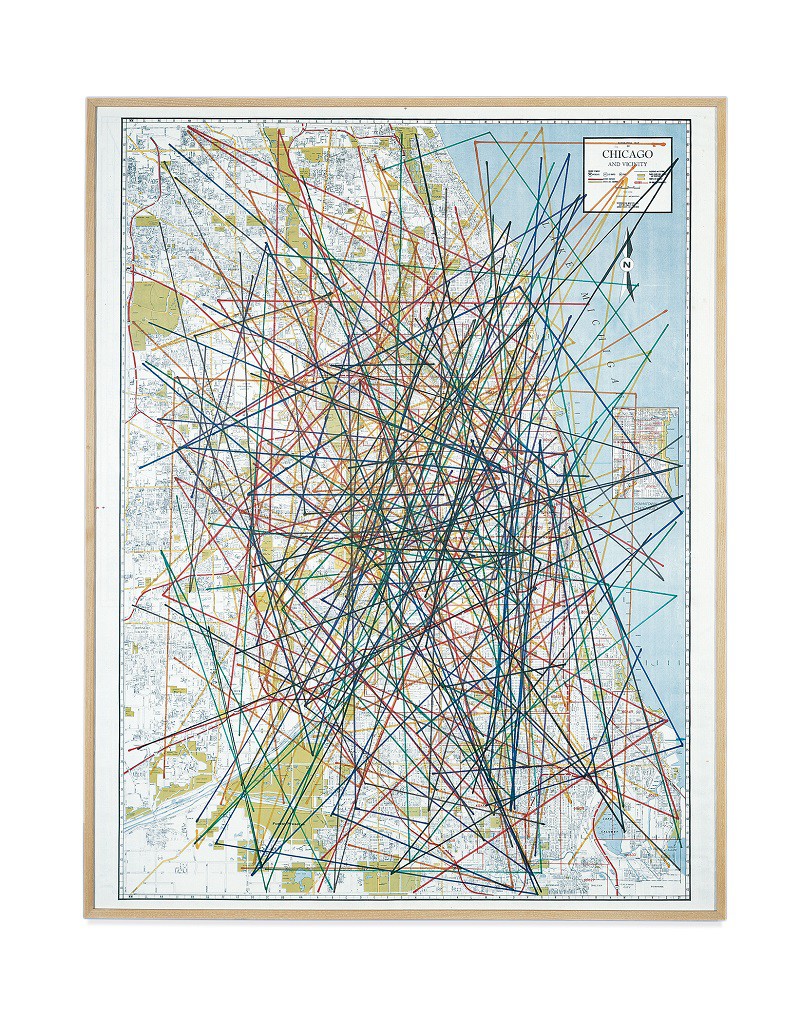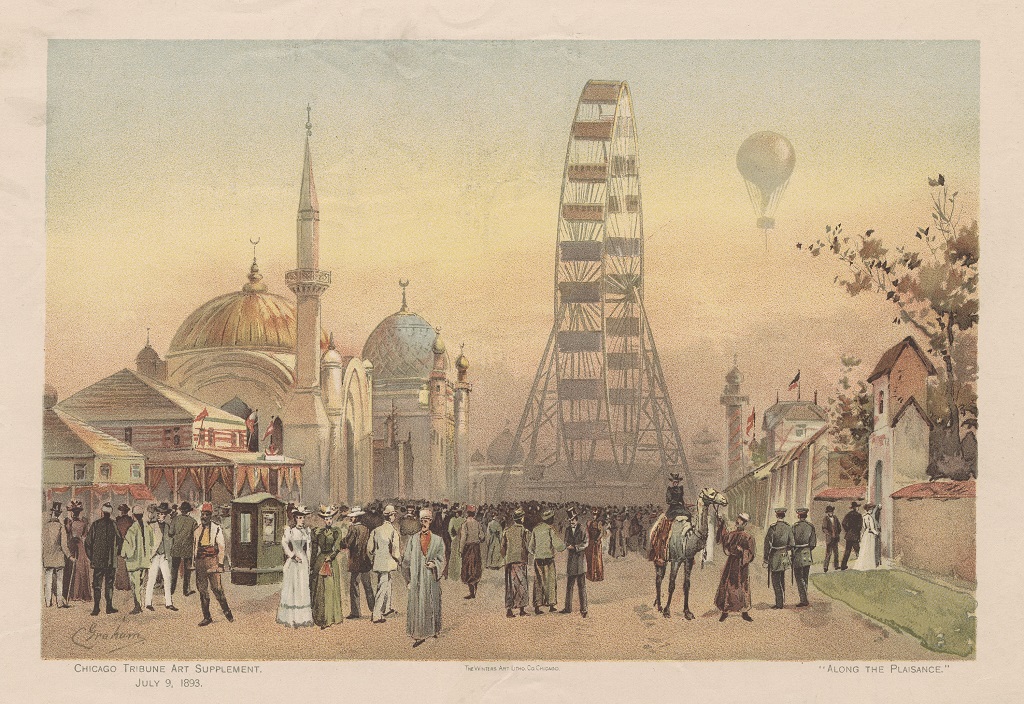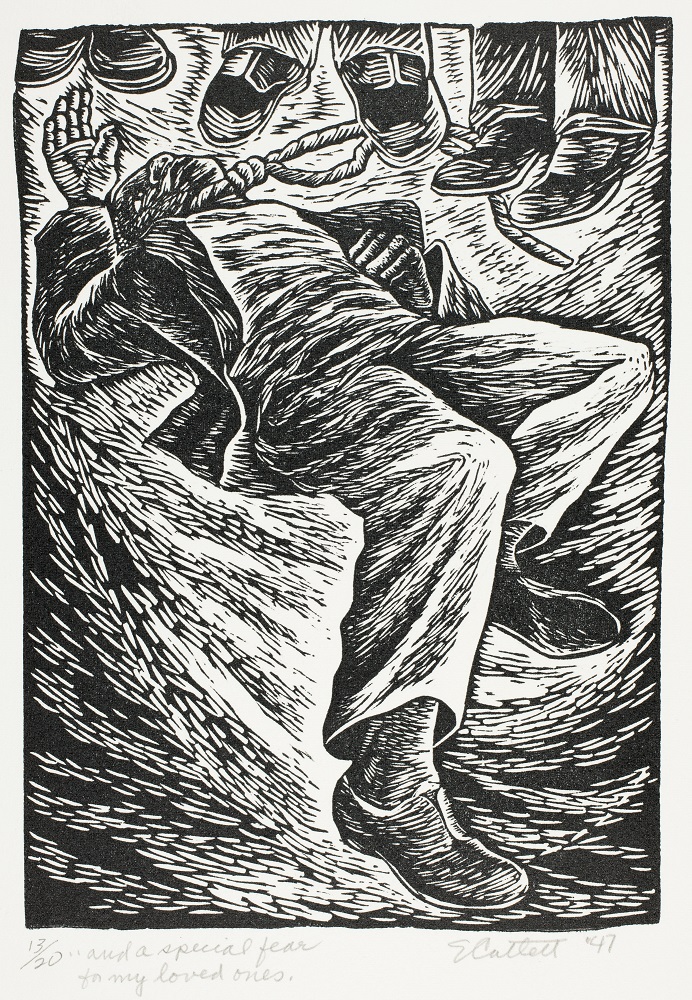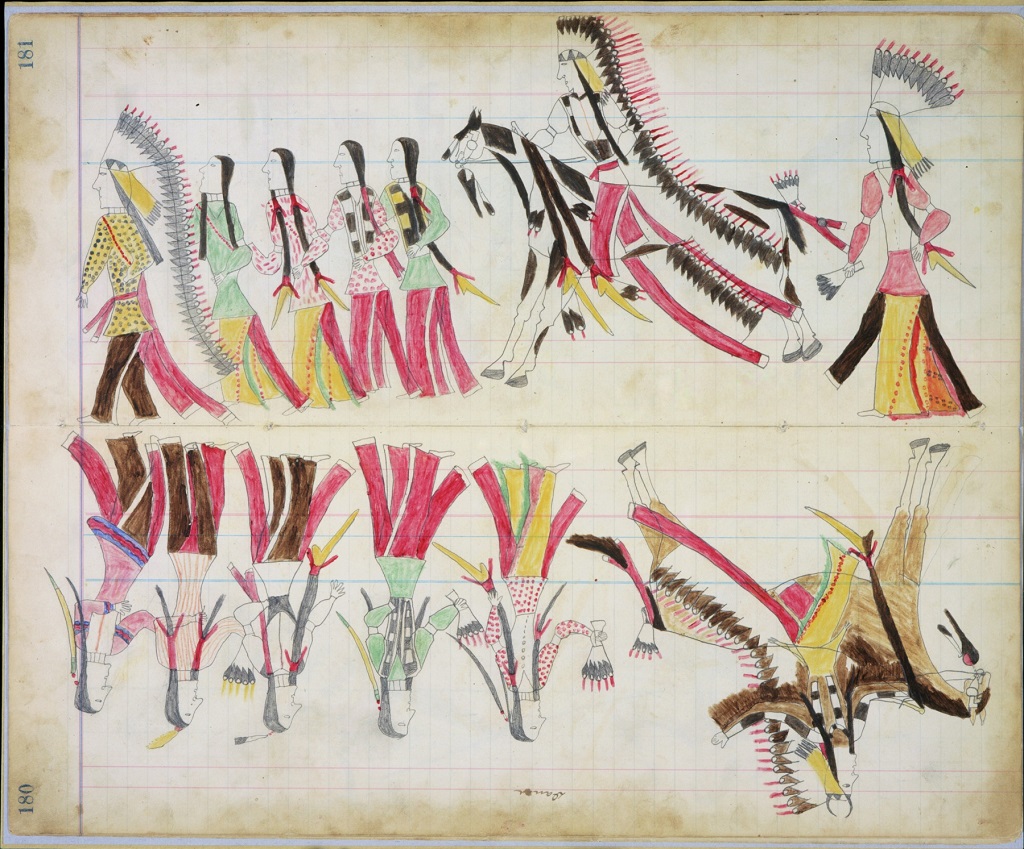Author:
Nevada Montgomery, DuSable Museum of African American History
At First Glance
Describe the man in this painting. What is he doing? What colors does the artist use in this image? What mood do these colors help create? What other details do you find within the image? Why might the artist have included them? What do those details suggest about the person pictured?
Read to Build Knowledge
Significant institutions often have modest beginnings. This painting illustrates such a beginning for a historic Chicago newspaper. The man in this image stands in a small room and stares at a paper with no writing on the outside. Just as a painter may examine a blank canvas, the man’s expression is dignified and confident as he envisions how best to fill the space with inspiring content.
The painting’s title tells us that the man pictured is Robert Abbott. The setting is his landlord’s kitchen, and the newspaper in his hands is The Chicago Defender. The Chicago Defender, founded in 1905, grew from four pages of clippings from other papers to become the most influential African American newspaper of its time. The Chicago Defender inspired the first wave of the Great Migration by featuring stories about the horrors of racial violence in the South and encouraging its African American readers to move to Chicago. Readers were captivated by The Chicago Defender’s success stories of migrants who came to Chicago and by its promising job listings. At its height, over 500,000 African Americans read The Chicago Defender each week. The Chicago Defender served as a guide to a land that seemed foreign for those who recently arrived in the North. It advised readers on safe locations in which to work and play and how to appropriately conduct themselves. Through the dedication and passion of Robert Abbott, The Chicago Defender was transformed from its modest start into one of the most important newspapers ever published.
Robert Abbott’s story of making something out of nothing would have greatly appealed to the painter William McBride. McBride had been a businessman since childhood when he turned an opportunity to collect bottles into a small company. He hired other children to gather the bottles, and he gave them one cent for each bottle. McBride, however, earned twenty-five cents for each bottle. As an adult, William McBride used art to document the lives of African Americans. He painted Robert Abbott Founds the Chicago Defender in 1963, a time when African Americans were struggling to gain civil rights and to create a sense of cultural pride. Decades after the first wave of the Great Migration, Robert Abbott’s story of cultural unity and determination would have been an inspiration to William McBride and the many others who were part of the historic fight for equal rights for African Americans.
Analyze and Interpret
- What words would you use to describe the overall mood of the painting? Which techniques did the artist use to illustrate that mood?
- How does knowing the background of the figure and the artist change your ideas about the image?
- Why do you think William McBride chose to paint Robert Abbott as he was starting The Chicago Defender instead of showing Abbott at the height of the newspaper’s success?
- If you had to create an image about The Chicago Defender, which portion of the newspaper’s history would you represent? Why?
For further reading (students)
PBS. “The Chicago Defender,” The Black Press: Soldiers without Swords, http://www.pbs.org/blackpress/news_bios/defender.html
For further reading (teachers)
Challos, Courtney. “William McBride, Artist, Collector, Force For WPA,” Chicago Tribune, August 17, 2000, http://articles.chicagotribune.com/2000-08-17/news/0008170106_1_collecting-art-institute-south-side
Grossman, James R. Land of Hope: Chicago, Black Southerners, and the Great Migration. Chicago: University of Chicago Press, 1989.
Hughes, Langston. Langston Hughes and the Chicago Defender: Essays on Race, Politics, and Culture, 1942-62. Urbana: University of Illinois Press, 1995.
Ottley, Roi. The Lonely Warrior: The Life and Times of Robert S. Abbott. Chicago: H. Regnery Co., 1955.

